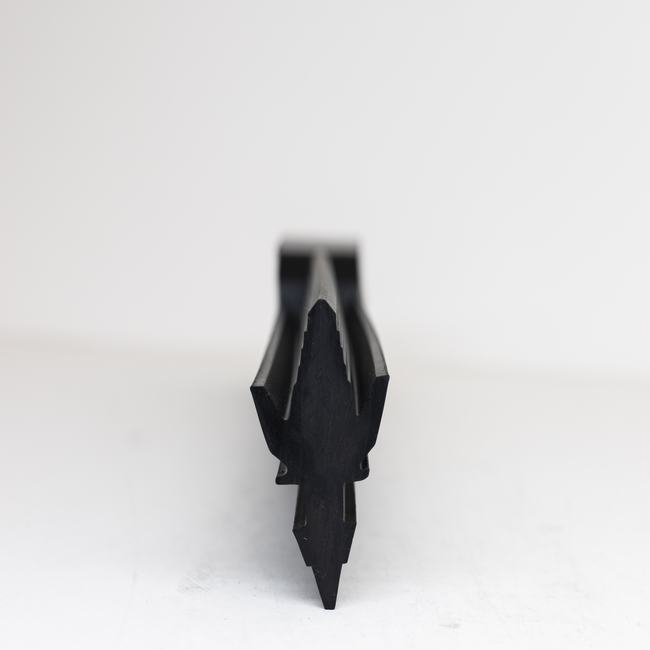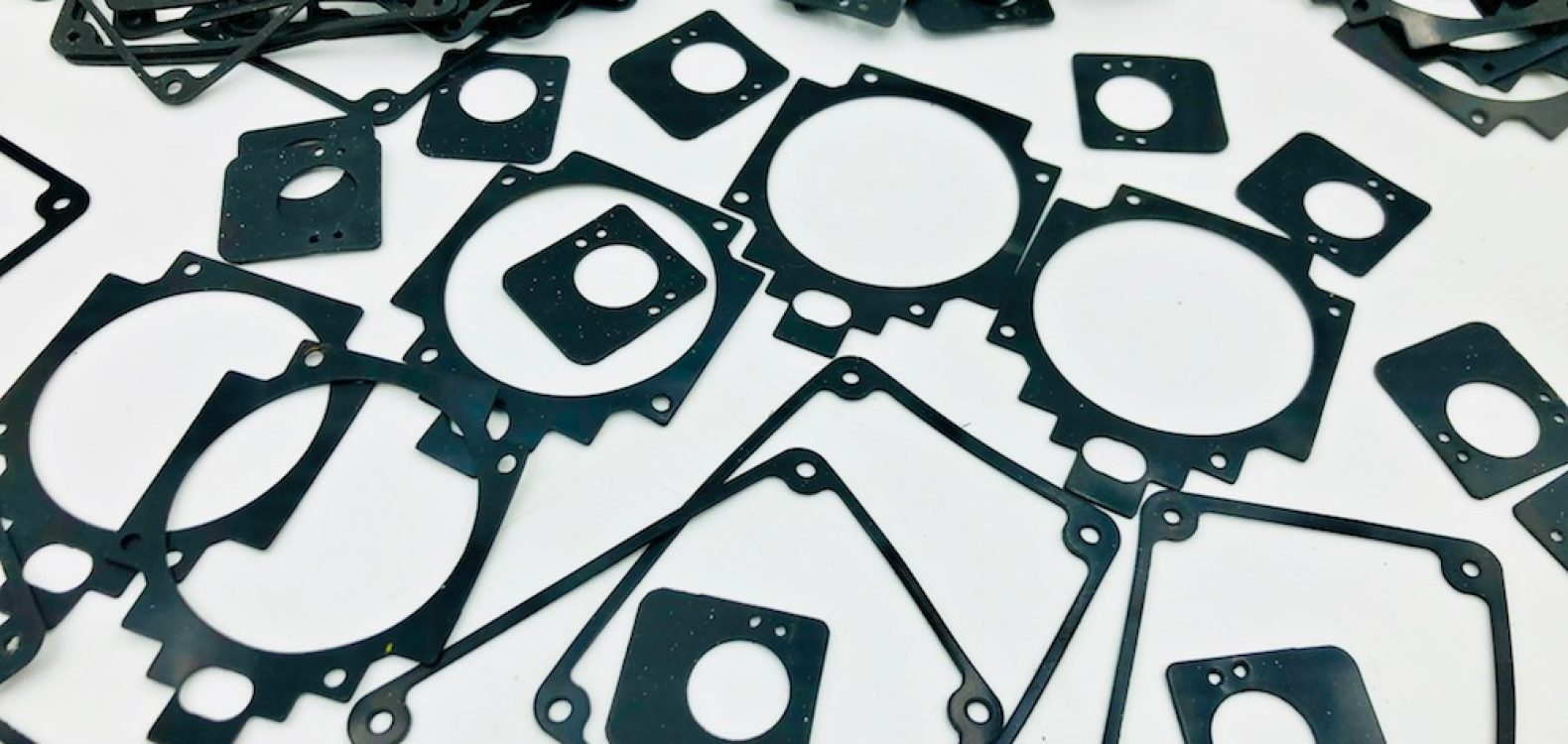Garage door seals, also known as garage door weatherstripping or garage door gaskets, are crucial components that provide a seal around the perimeter of a garage door. They serve several essential functions in residential and commercial garages, including insulation, weatherproofing, and keeping out pests and debris. Here, we’ll explore the key features, types, installation methods, and benefits of garage door seals.
Key Features of Garage Door Seals:
- Weatherproofing: Garage door seals create a weather-resistant barrier, preventing rain, snow, wind, and drafts from entering the garage. This helps maintain a comfortable temperature inside and protect stored items.
- Insulation: Some garage door seals are designed to provide thermal insulation, improving energy efficiency by reducing heat loss in cold weather and heat gain in hot weather.
- Pest Control: Seals act as a deterrent to pests like rodents and insects, helping keep the garage interior pest-free.
- Dust and Debris Barrier: They prevent dust, leaves, dirt, and debris from blowing into the garage, helping keep the space clean and tidy.
- Noise Reduction: Seals can dampen noise from outside, creating a quieter garage environment.
Types of Garage Door Seals:
- Bottom Seal: This type of seal attaches to the bottom of the garage door to create a barrier against drafts, pests, and debris. It typically consists of a flexible rubber or vinyl strip.
- Side Seals: Side seals are installed along the sides of the garage door to seal gaps between the door panels and the door frame. They come in various materials, including vinyl and brush-style seals.
- Top Seal: Top seals are placed on top of the garage door to seal the gap between the door and the header. They are often made of flexible rubber or vinyl.
- Threshold Seal: Threshold seals are installed on the garage floor, creating a seal at the base of the door when it’s closed. They are especially useful for keeping out water and preventing damage to the garage interior.
Installation Methods:
The installation of garage door seals may vary depending on the type and manufacturer. However, here are the general steps for installing common types of garage door seals:
- Prepare the Surface: Ensure that the surfaces where you’ll be attaching the seal are clean and dry.
- Measure and Cut: Measure the length of the seal needed for each side of the door, bottom, or top. Cut the seal to the appropriate size using a utility knife or scissors.
- Attach the Seal: For bottom seals, insert them into the retainer or channel on the bottom of the door and secure them in place. For side seals, attach them along the sides of the door frame. Top seals are attached to the top of the door using screws or adhesive.
- Threshold Seal Installation: If installing a threshold seal, clean the garage floor, apply adhesive along the threshold’s underside, and press it firmly onto the floor. Allow it to set according to the manufacturer’s instructions.
- Test the Seal: Close the garage door and check for any gaps or areas where the seal may not be making contact. Make adjustments if necessary.
Benefits of Garage Door Seals:
- Improved Energy Efficiency: Garage door seals help maintain a stable temperature inside the garage, reducing the load on HVAC systems and lowering energy bills.
- Protection Against Weather: They protect against moisture, rain, snow, and wind, preventing water damage and mold growth inside the garage.
- Enhanced Comfort: A well-sealed garage is more comfortable to work in, whether it’s for DIY projects, a home gym, or recreational use.
- Pest Prevention: Seals deter pests like rodents, insects, and small animals from entering the garage.
- Extended Door Lifespan: Seals can extend the lifespan of garage doors by reducing wear and tear caused by exposure to the elements.
- Reduced Noise: They help reduce noise transmission, making the garage quieter for both occupants and neighbors.
In summary, garage door seals are essential for maintaining a well-insulated, weatherproof, and pest-free garage space. Proper installation and regular maintenance of these seals contribute to energy efficiency, comfort, and the overall longevity of the garage and its contents.



